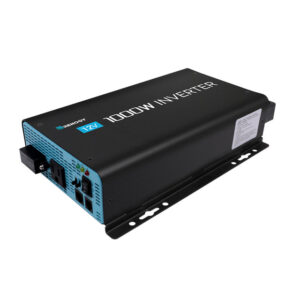
Key Takeaways
Eco-friendly tiny homes offer sustainable living options with a reduced environmental footprint.
Escalante Village in Colorado is pioneering the tiny home movement with unique and sustainable designs.
Key features of eco-friendly tiny homes include the use of renewable materials, energy efficiency, and water conservation.
Community living in Escalante Village promotes a green lifestyle with shared spaces and amenities.
Transitioning to tiny home living involves assessing needs, desires, and embracing a minimalist lifestyle.

Living Large by Going Small
Imagine shrinking your living space, but expanding your freedom. This is the essence of tiny home living, a movement that’s sweeping through Colorado like a breath of fresh mountain air. By choosing to live in a smaller home, you’re not just saving money, you’re also embracing a lifestyle that prioritizes experiences over possessions, and sustainability over excess.
The Appeal of Tiny Home Living in Colorado
Colorado’s natural beauty makes it an ideal setting for tiny homes. The state’s commitment to preserving the environment aligns perfectly with the tiny home philosophy of reducing one’s ecological footprint. The appeal of living in such a home in Colorado is not only about enjoying the great outdoors but also about being part of a community that shares eco-conscious values.
Most importantly, tiny homes in Colorado offer an affordable solution to the housing crisis, enabling more people to own their homes without the burden of a large mortgage. Besides that, the smaller space encourages a simpler lifestyle, freeing up time and resources to enjoy life’s true luxuries – nature, community, and peace of mind.
Eco-Friendly Features That Define Escalante Village
Escalante Village, Durango’s first tiny home community, is a prime example of eco-friendly living. Here are some of its defining features:
Renewable Materials: Homes built with materials that are sustainable and have a low impact on the environment.
Energy Efficiency: Utilization of solar panels, LED lighting, and energy-star rated appliances to minimize energy use.
Water Conservation: Rainwater harvesting systems and low-flow fixtures to reduce water waste.
Community Garden: A shared space for growing local, organic produce that promotes healthy living and community engagement.
Design Aesthetics: Homes designed to blend with the natural landscape, maintaining the beauty of the surroun ding area.
Therefore, Escalante Village is not just a place to live, but a way to live – one that is in harmony with nature and nurtures a sense of community among its residents.
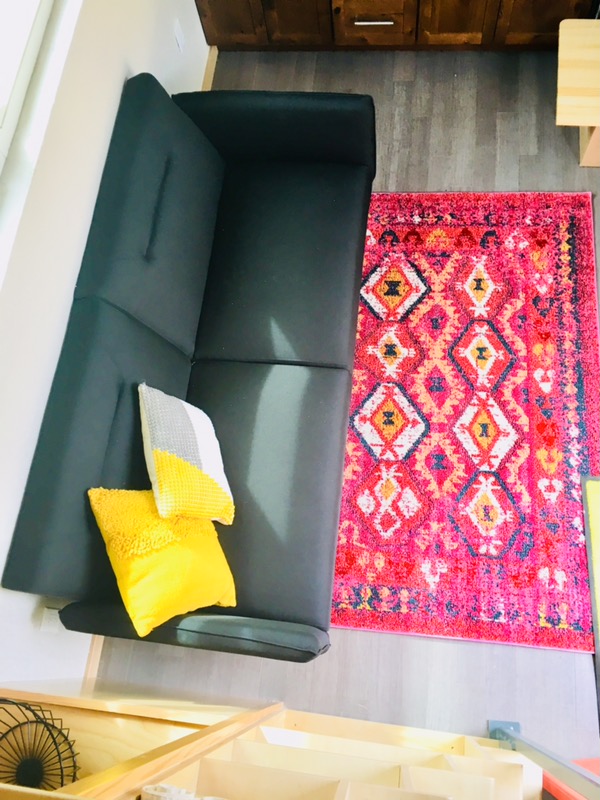
Building Sustainable Foundations
When it comes to constructing eco-friendly tiny homes, every material counts. The choices we make can either harm or heal our planet. That’s why in Escalante Village, homes are built with sustainability at their core. From the insulation in the walls to the sealants used on the windows, every component is selected with the environment in mind.
Choosing Eco-Conscious Materials
Building your tiny home starts with a choice—opt for materials that have a low environmental impact. For instance, bamboo flooring is not only durable but also rapidly renewable, making it a superior alternative to traditional hardwood. Similarly, using recycled metal for roofing is a way to reduce waste and lower energy consumption during the production process.
It’s not just about the materials, though. The paint on your walls should be non-toxic, and adhesives and finishes should be low in volatile organic compounds (VOCs). This attention to detail ensures that your home is safe for you and kind to the earth.
Maximizing Space with Smart Design
Good design isn’t just about aesthetics; it’s about functionality, especially in a tiny home. By maximizing space with smart design, you can live comfortably without feeling cramped. Think multipurpose furniture, built-in storage, and vertical space utilization. A fold-down desk, a bed with drawers, or even a loft can make all the difference in your tiny home’s livability.
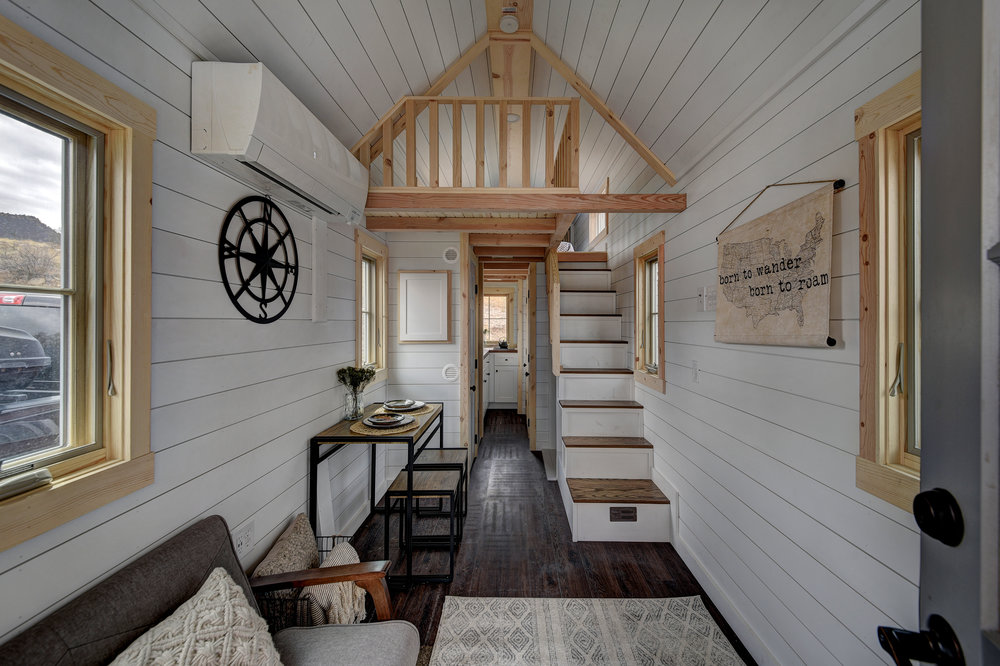
Eco Innovations in the Home
Living eco-friendly means integrating innovative solutions into your daily life. In tiny homes, this innovation is crucial to maximize efficiency and minimize waste.
Energy Efficiency in Tiny Spaces
Energy efficiency is key in tiny homes. With a smaller space, it’s easier to heat and cool, but it’s still important to use energy wisely. Installing solar panels can drastically cut down on your reliance on non-renewable energy sources. LED lighting is another must-have, as it uses a fraction of the energy of traditional bulbs and lasts much longer.
Insulation is another area where you can make a big difference. Proper insulation keeps your home warm in the winter and cool in the summer, reducing the need for excessive heating and cooling. When your home is well-insulated, your energy bills go down, and your comfort goes up—a win-win situation.
Water Conservation Techniques for Homeowners
Water is a precious resource, and conserving it is a priority for eco-conscious homeowners. Here’s how you can make a difference:
Install a rainwater collection system to use for irrigation or even indoor non-potable uses.
Choose fixtures like low-flow toilets and showerheads to reduce water usage without sacrificing performance.
Consider a greywater system that recycles water from sinks and showers for use in your garden.
By implementing these water-saving strategies, you’ll not only lower your utility bills but also contribute to a more sustainable world. Learn more about sustainable living at Escalante Village.

Create Your Eco-Friendly Lifestyle
Living in a tiny home is about more than just downsizing your space; it’s about upsizing your commitment to the environment. It’s a conscious choice to live differently, to tread lightly on the earth, and to value quality over quantity.
And it’s not just about the house itself; it’s about the lifestyle that comes with it. By choosing to live in a community like Escalante Village, you’re opting into a culture of sustainability that extends beyond your front door.
Community Living with a Green Thumb
Escalante Village isn’t just a collection of homes; it’s a community with shared values and shared spaces. The community garden is a perfect example of this. It’s a place where residents can grow their own food, reducing their carbon footprint and reconnecting with the land. Composting is another community practice that turns waste into a resource, enriching the soil and supporting local food production.
From Thinking Small to Living Small: Steps to Transition
Making the shift to tiny living takes planning and preparation. Here are some steps to help you transition smoothly:
Start by decluttering and downsizing your possessions. Keep only what you love or need.
Research and visit tiny home communities like Escalante Village to get a feel for the lifestyle.
Connect with current tiny homeowners to learn from their experiences and gather advice.
Plan your tiny home design with sustainability in mind, from materials to energy use.
Embrace the minimalist lifestyle and find joy in simplicity and the great outdoors.
Transitioning to a tiny home isn’t just a change of address; it’s a transformative life choice that aligns with eco-friendly values and a sustainable future.
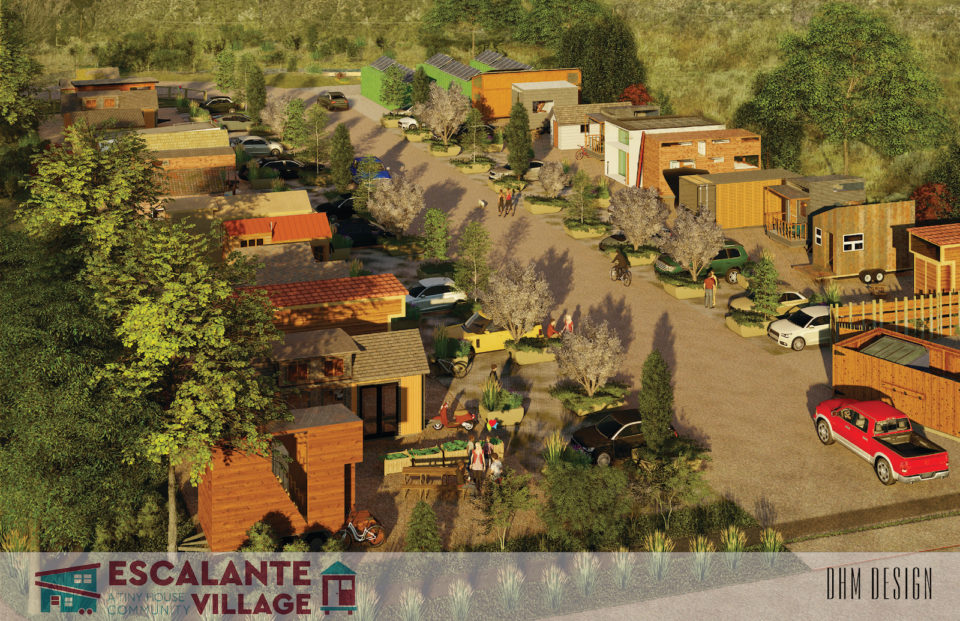
Escalante Village: A Closer Look
Escalante Village is more than just a place to live; it’s a blueprint for sustainable living. Located in Durango, Colorado, this community is designed to inspire and support those who choose to live lightly on the land.
Designs That Reflect Colorado’s Landscape
The tiny homes in Escalante Village are crafted to harmonize with the surrounding environment. With designs that reflect the natural beauty of Colorado, these homes are both a refuge and a statement of environmental stewardship. From the use of local materials to the incorporation of natural light and airflow, every detail is considered with sustainability in mind.
Features That Make Escalante Stand Out
What sets Escalante Village apart are the features that foster a strong sense of community and environmental responsibility. Here are some standout features:
A riverfront location that provides easy access to nature and outdoor activities.
Community spaces that encourage interaction, like the communal garden and outdoor gathering areas.
Infrastructure that supports sustainable practices, such as electric vehicle charging stations and recycling facilities.
Events and workshops that promote sustainable living and a sense of community among residents.
Escalante Village is not just a collection of homes; it’s a living, breathing community that embodies the principles of sustainability and eco-conscious living.
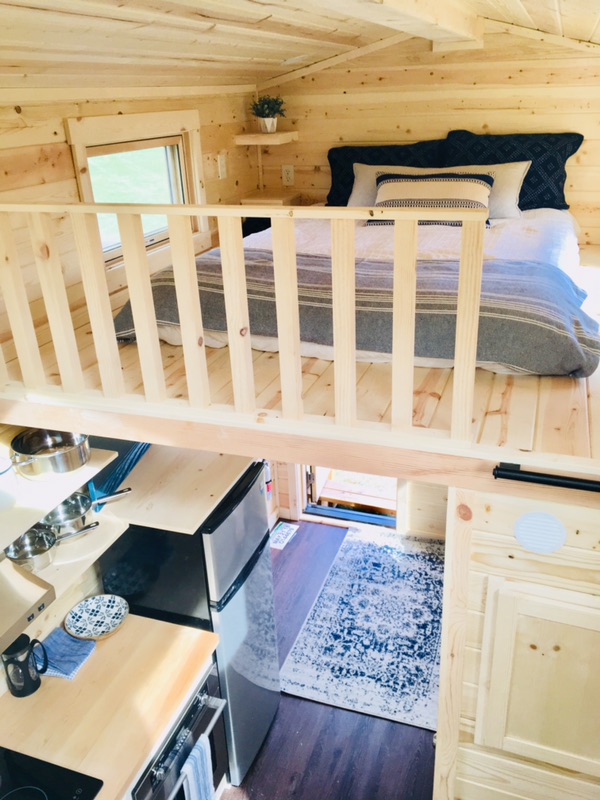
Is Tiny Living for You?
Embracing the tiny home lifestyle is a significant decision that shouldn’t be taken lightly. It’s about more than just living in a smaller space; it’s about embracing a whole new way of life that prioritizes the environment and community over personal space and material possessions.
Assessing Your Needs and Desires
To determine if tiny living is right for you, consider the following:
Are you willing to downsize your possessions and live with less?
Do you value community and shared resources over individual ownership?
Are you passionate about reducing your environmental impact?
Can you find joy in simplicity and the beauty of nature?
Are you ready to invest in a home that aligns with your eco-conscious values?
If you answered yes to these questions, then tiny home living might be the perfect fit for you. It’s a choice that can lead to a richer, more fulfilling life, where less really is more.
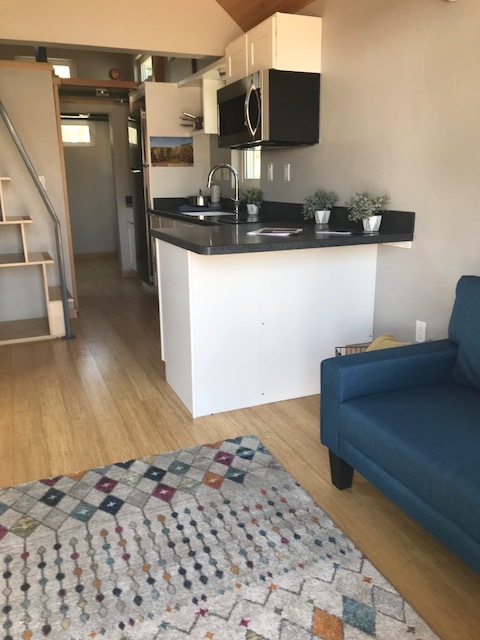
Frequently Asked Questions (FAQ)
Let’s address some common questions about eco-friendly tiny homes in Colorado:
What is the cost of an eco-friendly tiny home in Escalante Village?
The cost varies depending on the design and features you choose, but generally, you can expect to spend between $30,000 and $100,000. This range includes the cost of construction and customization to ensure your home is as sustainable as you desire.
How do tiny homes contribute to sustainability?
Tiny homes require fewer materials to build, consume less energy, and encourage a minimalist lifestyle that reduces waste. They also often use renewable energy sources, like solar power, and sustainable materials, which further decrease their environmental impact.
Can I customize my tiny home in Escalante Village?
Yes, customization is encouraged! You can work with designers to create a home that reflects your style and meets your sustainability goals. The community values unique designs that also respect the environment.
What are the community amenities in Escalante Village?
Amenities include a community garden, storage options for your outdoor gear, communal gathering spaces, and access to nature trails and the riverfront. These shared spaces foster a sense of community and encourage sustainable living practices.
Are there any financing options for tiny homes in Colorado?
Financing options for tiny homes are becoming more available as the movement grows. Some lenders offer personal loans, while others provide mortgages specifically for tiny homes. It’s important to research and find a financing option that works for you and your budget.
By choosing to live in an eco-friendly tiny home in Colorado, you’re not just making a personal choice; you’re joining a community of forward-thinkers dedicated to creating a sustainable future. Escalante Village is leading the way with its unique and sustainable designs, making it an ideal place for those looking to downsize their space and upscale their quality of life.
Assessing Your Needs and Desires
Deciding if tiny living is for you involves a deep dive into what you truly need and want out of life. It’s not just about cutting down your living space—it’s about amplifying the quality of your existence. So, before you make the leap, ask yourself some crucial questions:
How much space do I actually need to live comfortably and happily?
What possessions are essential, and what can I let go of?
Am I ready to be part of a close-knit community that shares resources and spaces?
Do I crave a stronger connection with nature?
Is reducing my environmental footprint a priority in my life?
If your answers lean towards a minimalist, community-oriented, and environmentally conscious lifestyle, then tiny home living might just be the perfect fit for you.
Making the Shift: A Checklist for Aspiring Tiny Homeowners
Transitioning to a tiny home is a journey of self-discovery and intentional living. It’s a step towards a more sustainable future, both for yourself and the planet. Here’s a checklist to guide you through the process:
Embrace minimalism by decluttering and downsizing your possessions.
Research different tiny home communities and designs to find what resonates with you.
Connect with current tiny homeowners to gain insights and advice.
Consider your eco-friendly priorities when planning your home, from energy use to materials.
Prepare for a lifestyle shift that emphasizes experiences over possessions.
Remember, it’s not about sacrificing comfort or personal space; it’s about redefining what those things mean to you in a more sustainable context.


